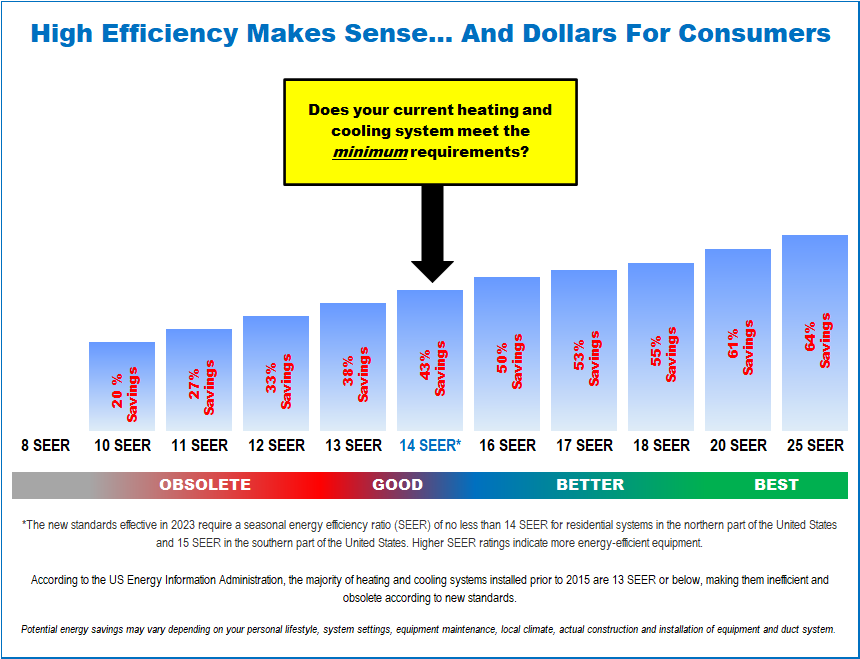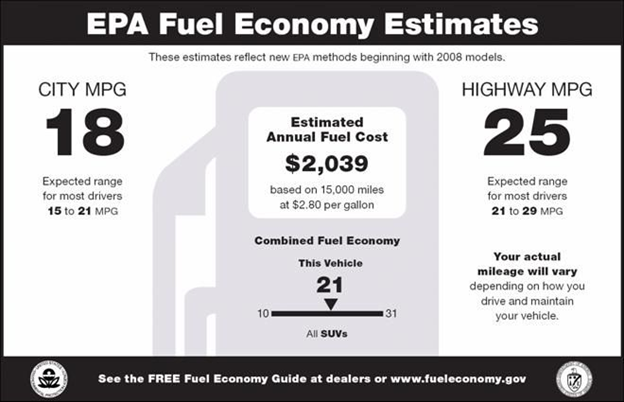At Goff HVAC, we will design and install your new heating and air conditioning system based on scientific facts and testing that are supported by the Department of Energy, Energy Star, system manufactures, utility companies and home energy experts. Unfortunately, not all companies are willing to take the time, spend the money or possess the knowledge to truly install your new heating and air conditioning system properly. Many contractors are guessing at what size of system is actually needed, how much air duct leakage to account for, which rooms require more or less air flow, how to control humidity and how to control air quality.
“Unfortunately, not all companies are willing to take the time, spend the money or possess the knowledge to truly install your new heating and air conditioning system properly…” But you can trust Goff HVAC to do so!
At Goff HVAC, we will install a whole-home comfort system specifically designed for your home, your needs and your budget. We guarantee your new system will deliver exceptional comfort, energy savings and peace of mind. All of this while ensuring you get the best value for your money!
At Goff HVAC, we employ a Certified Home Energy Auditor, NATE Certified Technician and Professionally Trained Comfort Specialists. We are properly trained and equipped to perform accurate Manual J Load Calculations, Airflow Calculations, Air Leakage Calculations and even Blower Door Testing if needed. We do all of this in order to design and install properly sized ducting and systems, and to address air quality issues that could be unsafe or unhealthy for your family.
So Why Does SEER Rating Matter?
Besides the money you could be saving every single month on your utility bill, many utility companies offer incentives on high efficiency air conditioning and heat pump systems. That is actually money back in your pocket!
Another fact to consider is that an air conditioner loses efficiency as it ages. A system 10 years old or older is operating at a considerably lower efficiency then it did when it was new. This is something that should be considered when deciding whether to repair or replace an older air conditioning system.
New air conditioning systems reach efficiency levels as high as 26+ SEER!
Here is an example of what you could expect in savings when considering a higher efficiency air conditioning system.

What are refrigerants?
Refrigerants are what make air conditioning possible. Contained within the coils of an air conditioner or heat pump, these liquid agents cool and dehumidify indoor are. For years, the most common refrigerant used in air conditioning systems was R-22 (aka Freon). But that all changed in 2010.
The U.S. Environmental Protection Agency (EPA), in response to growing environmental concerns, has mandated the phase-out of R-22. The production of systems using R-22 refrigerant has been prohibited, and soon an stock of R-22 itself with be depleted. The main reason for this regulatory action is that R-22 is a hydrochlorofluoracarbon (HCFC) compound, which contains ozone-depleting chlorine.
Most companies have now transitioned to the manufacture of cooling systems that use EPA-recognized chlorine-free R-410A refrigerant. Because R-410A contains no chlorine, it is considered ozone-friendly.
What could this mean for you? If your air conditioner or heat pump was installed prior to 2010, it probably contains the R-22 refrigerant. This refrigerant type is becoming more expensive and less available. In the event your outdoor unit needs repair, you may consider replacing your system with higher-efficiency R-410A equipment.
- Refrigerants (and equipment containing refrigerant) may only legally be purchased and handled by EPA Certified professionals.
- R-410A cannot be substituted into existing systems designed to use R-22 refrigerant.
- Refrigerants or equipment using different refrigerants cannot be mixed or combined.
What does tonnage mean?
The short answer is... tonnage is the size of a heating and air conditioning system.
According to ASHRAE, before refrigeration air conditioning was invented, cooling was done by shaving big blocks of ice. When cooling machines started to get used, they rated their capacity by the equivalent amount of ice melted in a day which is where the term "ton" came from sizing air conditioning.
A ton of cooling is now defined as delivering 12,000 BTU/hour of cooling. BTU is short for British Thermal Unit (and is a unit the British don't use). The BTU is a unit of heating - or in this case, cooling - energy. It's more important, however, to keep in perspective that a window air conditioner is usually less than one tone. A small home central air conditioner would be about two tons and a large home about five tons.
A Manual J Load Calculation is necessary in order to determine the proper size needed for any specific home. Several factors must be considered in order to make this evaluation. These include things such as the home's orientation, insulation levels, window types and efficiency, surface area of heat gain or loss and more. The output of this calculation determines how much cooling and heating the house needs in BTU per hour.
Because this type of calculation takes time and specialized knowledge, many HVAC companies will not take the time to do one. Most of these contractors will rely on rule of thumb or guesstimates to determine the size of the system they install. But every home is different. Even the same home rotated ninety degrees could vary in cooling load by 25% or more. When the proper calculations are not done, you could be the one to pay the price.
- Study up — Find out about license and insurance requirements for contractors in your state. And before you call a contractor, know the model of your current system and its maintenance history. Also make note of any uncomfortable rooms. This will help potential contractors better understand your heating needs.
- Ask for referrals — Ask friends, neighbors, and co-workers for contractor referrals. You can also contact local trade organizations for names of members in your area.
- Call references — Ask contractors for customer references and call them. Ask about the contractor's installation or service performance, and if the job was completed on time and within budget.
- Find special offers — A heating and cooling system is one of the largest purchases you'll make as a homeowner. Keep your costs down by checking around for available rebates on energy-efficient ENERGY STAR qualified heating and cooling equipment.
- Look for ENERGY STAR — ENERGY STAR qualified products meet strict energy efficiency guidelines set by the U.S. Environmental Protection Agency and offer significant long-term energy savings. Contractors should be able to show you calculations of savings for ENERGY STAR heating and cooling equipment.
- Expect a home evaluation — The contractor should spend significant time inspecting your current system and home to assess your needs. A bigger system isn't always better; a contractor should size the heating and cooling system based on the size of your house, level of insulation, and windows. A good contractor will inspect your duct system (if applicable) for air leaks and insulation and measure airflow to make sure it meets manufacturers specifications.
- Get written, itemized estimates — When comparing contractors' proposals (bids), be sure to compare cost, energy efficiency and warranties. A lowest price may not be the best deal if it's not the most efficient because your energy costs will be higher.
- Get it in ink — Sign a written proposal with a contractor before work gets started. It'll protect you by specifying project costs, model numbers, job schedule and warranty information.
- Pass it on — Tell friends and family about ENERGY STAR. Almost one-quarter of households knowingly purchased at least one qualified product last year, and 71% of those consumers say they would recommend ENERGY STAR to a friend. Spread the word, and we can all make a big difference.
- Get the ENERGY STAR Guide — For complete information on keeping your home comfortable year-round.



